Egypt is a land steeped in history, where ancient traditions blend seamlessly with contemporary life. While the pyramids and museums draw millions of visitors, there lies another layer of cultural richness that is often overlooked: Egypt’s intangible heritage.
Intangible heritage can be defined as the practices, expressions, knowledge and skills that communities, groups, and sometimes individuals recognize as part of their cultural heritage, according to UNESCO.
It includes the arts, skills, and practices that have been passed down through generations, embodying the creativity of the Egyptian people.
Metal Engraving: a Craft of Symbolism
In 2023, Egypt celebrated the inclusion of metal engraving on the Representative List of the Intangible Cultural Heritage of Humanity.
A centuries-old practice, it involves the skilled art of cutting intricate designs into gold, silver, and copper.
The craft is characterized by how it incorporates symbols, Quran verses, and geometric patterns that carry deep cultural significance.
Artifacts created using this method are often used in weddings or religious ceremonies, serving as expressions of cultural identity and heritage.
For example, beautifully engraved jewelry, such as necklaces and bracelets, may be given to brides and grooms as gifts or worn during the ceremonies.
Metal engraving skills are typically passed down through families, ensuring this ancient craft continues to thrive and evolve.
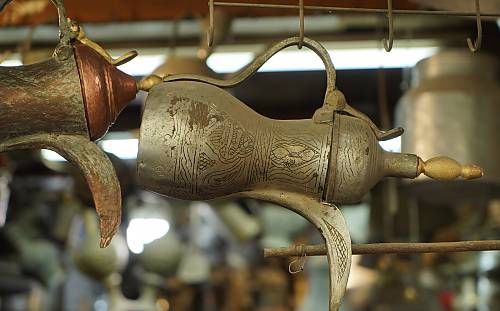
The Art of Weaving in Upper Egypt
Recognized by UNESCO in 2020, handmade weaving in Upper Egypt is another essential component of Egypt’s cultural legacy with origins dating back to ancient times.
Weavers create textiles adorned with traditional patterns that reflect their cultural identity and local stories. Among these are Coptic hanging tapestries, which are crafted using weaving techniques that have been known since the time of ancient Egypt.
Historically, weaving has played a crucial role in Egyptian society. The art provides means of creating functional items like clothing and household textiles and as a form of artistic expression.
Beyond weddings, woven textiles are prominently featured in various cultural events and festivals. For instance, during religious celebrations such as Eid, families often display woven decorations in their homes.
Additionally, woven items such as bags and cushions are popular for everyday use, allowing artisans to keep their craft alive in daily life.
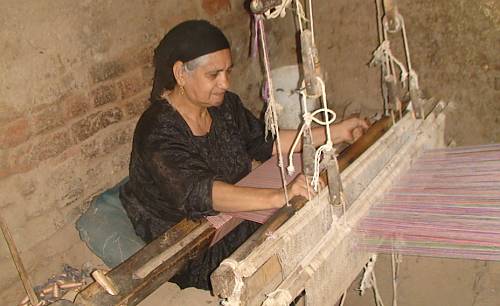
Tahteeb: a Celebration of Strength
The traditional stick game known as Tahteeb is a unique form of martial arts that has evolved into a festive competition.
Recognized by UNESCO in 2016, Tahteeb involves two participants engaging in a non-violent exchange with long sticks, accompanied by lively folk music.
Tahteeb is often performed during cultural festivals and celebrations, including weddings, where it adds an element of excitement and entertainment.
The lively atmosphere created by the music and the skillful displays of technique engage spectators and participants alike, making it one of the festivities’ highlights.
As Tahteeb is performed publicly, it strengthens community ties and provides opportunities for social interaction.
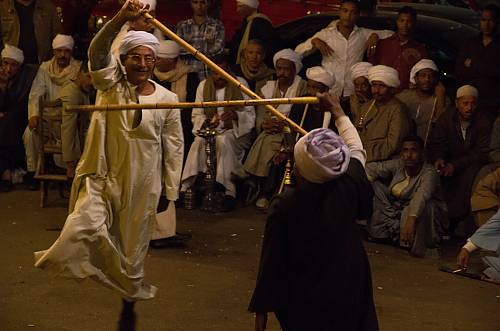
Al-Aragoz: The Puppet Theater Tradition
Al-Aragoz, a traditional form of hand puppetry, is an element of Egyptian culture that has entertained audiences for centuries.
Some believe this art form was introduced to Egypt between the 15th and 17th centuries by travelers, while others argue that it originated in Egypt itself.
Recognized by UNESCO in 2018 as needing urgent safeguarding, Al-Aragoz blends humor with social commentary, often exploring themes from everyday life and societal issues.
During performances, skilled puppeteers engage with their audience, creating a lively and interactive experience. Each show serves to reflect the cultural narratives and values of the community, ensuring that this rich tradition remains relevant and cherished across generations.
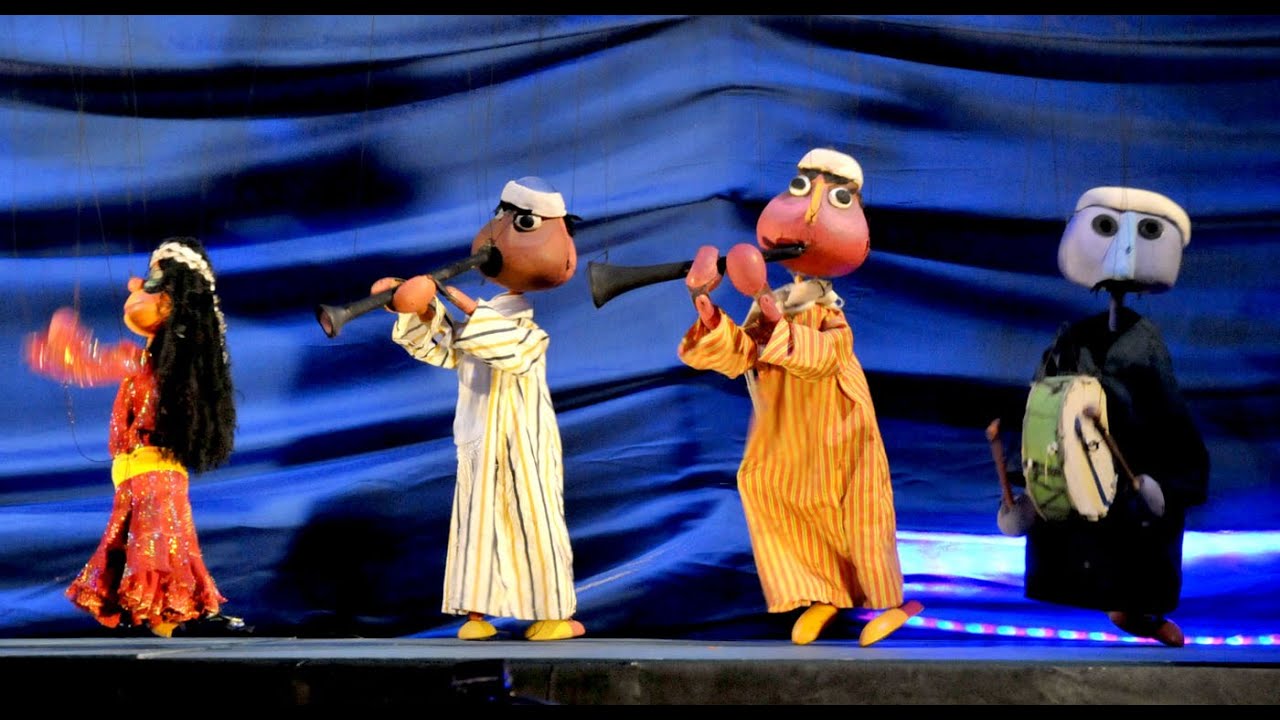
Arabic Calligraphy: an Artistic Expression
Arabic calligraphy, recognized by UNESCO in 2021, is another expression of Egypt’s intangible heritage. This art form transforms the Arabic script into stunning visual compositions, conveying beauty, harmony, and cultural identity.
Calligraphers employ traditional tools such as the qalam (a reed or bamboo pen), ink made from natural materials (like soot mixed with water), and handmade paper that is often treated to enhance its texture. These tools allow them to create works that are aesthetically pleasing.
The practice of calligraphy is widespread, with artisans of all ages contributing to its continued relevance. As both a means of artistic expression and a cultural artifact, Arabic calligraphy plays a vital role in Egypt’s heritage.
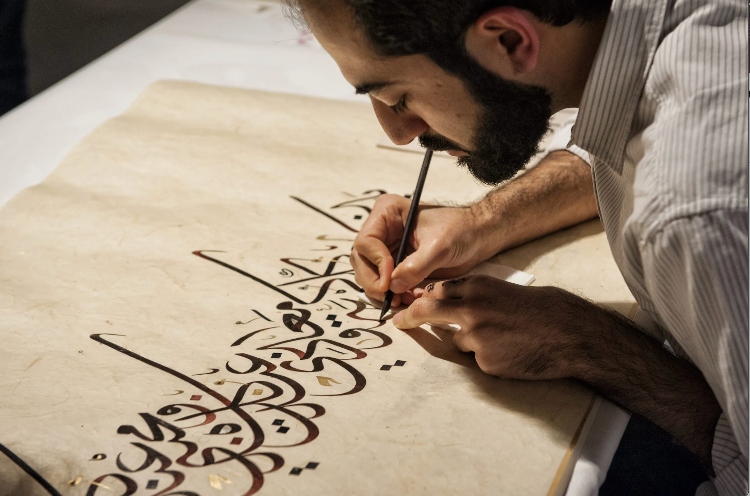
Egypt’s intangible heritage is a living legacy that reflects the nation’s history, values, and communal spirit.





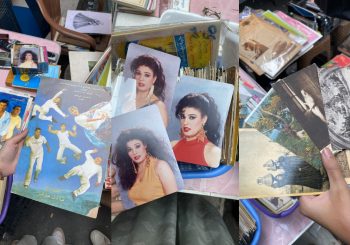
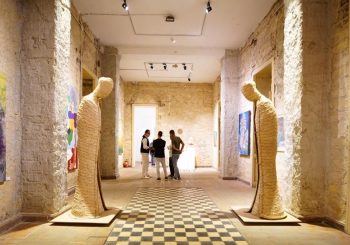
Comments (0)